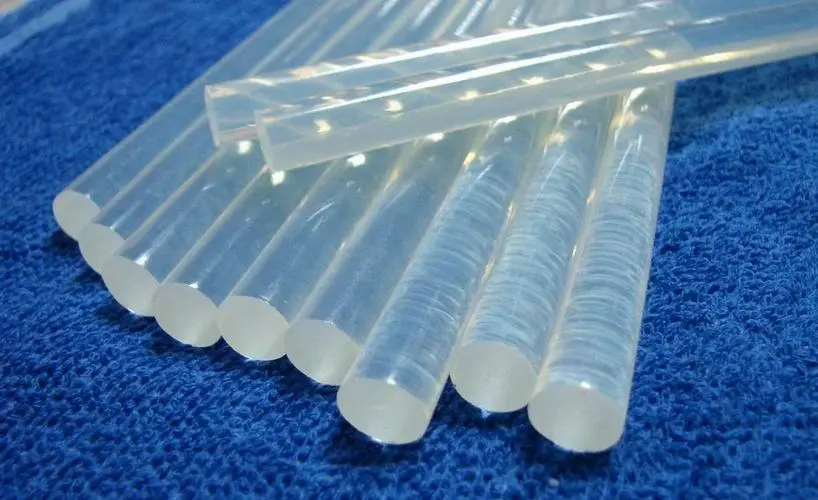Hot melt adhesive and application

Melting point: the melting point of the substance, that is, under a certain pressure, the temperature at which the solid and liquid states of the pure substance are in equilibrium, because the hot melt adhesive is a mixed substance, so it is wrong to define the hot melt adhesive with the melting point. When most customers say melting point, it actually means the softening point of hot melt adhesives.
The softening point of the hot melt adhesive refers to the temperature at which the amorphous polymer begins to soften, which is applied in a certain form and heated at a specified heating rate to the temperature required for the specimen to deform to a specified value. It is not only related to the structure of the polymer, but also to the size of its molecular weight. Mainly used as the performance index of hot melt adhesive characterization quality and process, hot melt adhesive heat resistance, melting difficulty and exposure time approximate measurement scale, but also the selection of hot melt adhesive reference data, there are many measurement methods. The results are often inconsistent due to different assay methods. The softening point is usually detected using the round-the-world method.
Temperature resistance: It is an important technical indicator of hot melt adhesive, which refers to a temperature at which the bonding performance of hot melt adhesive begins to change at a certain temperature after the hot melt adhesive is firmly bonded. General ordinary EVA hot melt adhesive, high temperature resistance 50-60 ℃, special models of hot melt adhesive can withstand high temperature 80 ℃, 110 ℃, 120 ℃, 150 ℃. Low temperature resistance is generally -10℃, and some hot melt adhesives can reach -20~-30℃. Ordinary hot melt adhesives can meet the normal climate range.
